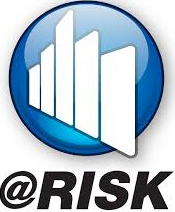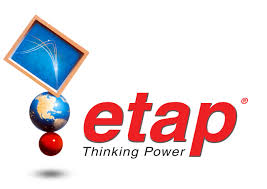ENERGY PROJECT RISK MANAGEMENT with DUE DILIGENCE
Energy Savings Performance Contracting (ESPC) involves using cost savings from reduced energy consumption to repay the initial capital investment and long-term maintenance and operating costs of installed energy improvement measures. This innovative contracting vehicle allows facility owners to achieve energy savings without up-front capital expenses. Costs associated with the energy improvements are born by the performance contractor and paid back from energy savings generated by the implemented project improvements. ESPCs carry additional risk that goes well beyond the typical risks associated with traditional design-bid-build construction and/or operation and maintenance (O&M) contracts. Under ESPCs, energy savings associated with the proposed solutions are required to be guaranteed both annually and over the life of the project. Projects and their ongoing performance must be monitored and measured and verified annually to ensure that guaranteed savings levels have been achieved.
Similar to ESPC performance risk, but greater in magnitude, are the risks associated with energy resiliency projects. Whether developing a microgrid or installing distributed generation to supply mission-critical loads, the foundational basis for each is derived from a proposed increase in energy surety. Most end-users will demand some form of assurance that the installed systems will provide the desired levels of performance. It is also likely that many will require monetary backing in the form of liquidated damages to compensate the owner in the event of inadequate system performance.
Both energy resiliency and energy savings projects oftentimes create complexities with regard to performing accurate economic analysis. This is due in large part to a lack of existing baseline information and operating data from which to generate models and forecasts from. A chronic problem that plagues the performance contracting industry is the general desire of most energy service companies (ESCO) to limit risk by minimizing project development cycle-times and at-risk development expense. This is typically accomplished by developing projects that rely on average utility rates, rules of thumb, and stipulated energy usage rates and durations as the basis for analysis and future performance verification. Not only do the approaches mentioned above not comply with contractual requirements, policy, and regulations, in many cases they can actually create long-term ESCO risk exposure and lead to significant chasms between customer expectations and realities. Neither outcome is desirable and both expose companies to unnecessary brand risk.
PowerSurety bridges the disconnect between ESCO risk exposure and contractually compliant baseline analysis by performing Individual Project Risk Assessments (IPRAs) for each project developed. The IPRA identifies and describes project-related issues and critical elements that carry long-term guarantees, operational warrantees, or reputational risks from non-performance. The IPRA is intended to evaluate the risk exposure and provide an indication of potential impact of under performance during the project’s life cycle or performance period. In effect, the IPRA can serve as a “risk dashboard” for all project stakeholders.
Empirical Analysis
Limiting risk to ESCOs, facility owners, and financing partners is accomplished through the following:
1) Using empirically-based energy baselines and facility operating data to clearly establish historical performance characteristics.
2) Utilizing a full toolbox of engineering. Design, and stoichiometric software to analyze and accurately predict future performance.
3) Establishing a data-centric framework for evaluating future performance of installed systems.
After utilizing sophisticated analysis tools to characterize baseline and predicted energy use, stakeholder risk is further minimized by generating design documents sufficient to lock-down basis of design details. Schematic designs consisting of equipment general arrangements, mechanical and electrical floor plans, utility single lines, piping and instrument drawings, (P&IDs) and equipment schedules are critical to aligning expectations from all project participants.
The tools shown below are a partial listing of some of the baseline development, performance analysis, and design documentation tools that are essential for energy project development and due diligence.
PowerSurety Engineers Analysis Tools
ENERGY PROJECT RISK MANAGEMENT YIELDS COMPREHENSIVE BENEFITS
Performing due diligence throughout the development process provide returns to end-users and owners alike. The CCAD steam decentralization project provides a good example of the monetary value that can be achieved by leveraging these risk tools during development to effect changes early-on, based on actual operating data. Reducing the “stack” of contractor contingencies also allows for excess savings to not only protect savings guarantees, but also provide additional utility savings to end-users. The substantial amount of excess savings achieved are the direct result of using risk mitigation tools for baseline development, design analysis, capital management, and on-going operational support.>

Risk Mitigation through Excess Savings
Cumulative excess savings created from sound engineering practices and due diligence during development, rigorous competitive project procurement practices, efficient construction delivery, and the provision of effective O&M services, can become substantial over time and serve as an excellent risk hedge. PowerSurety staff have a long history of providing validated streams of excess savings to ESPC and Utility Energy Services Contracting (UESC) projects over a 20-year timeframe. These excess savings were generated by the project, but were not required to enable project viability or financing, but represent potential savings that can be used to alleviate strained owner budgets while mitigating ESCO risk.














